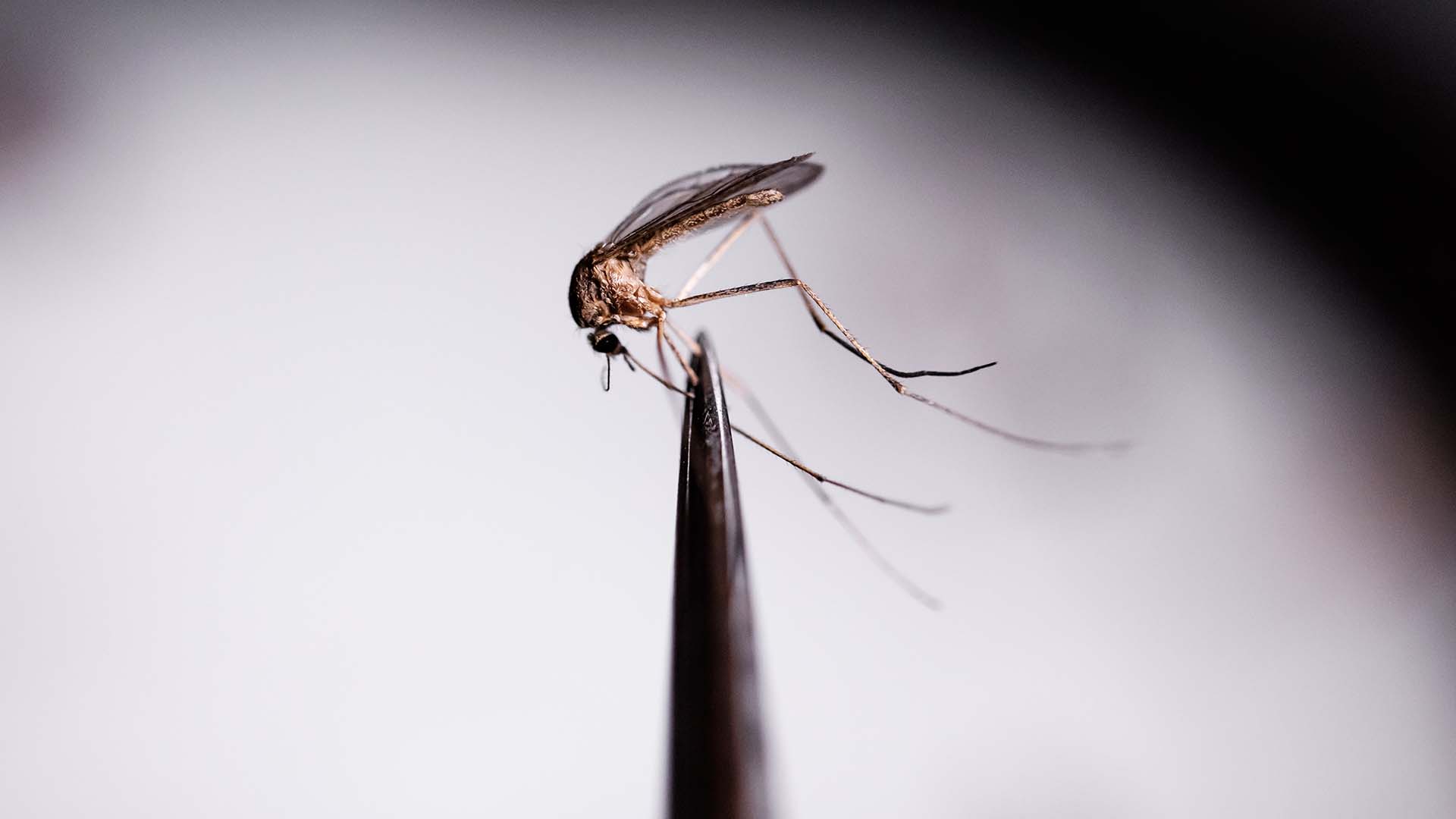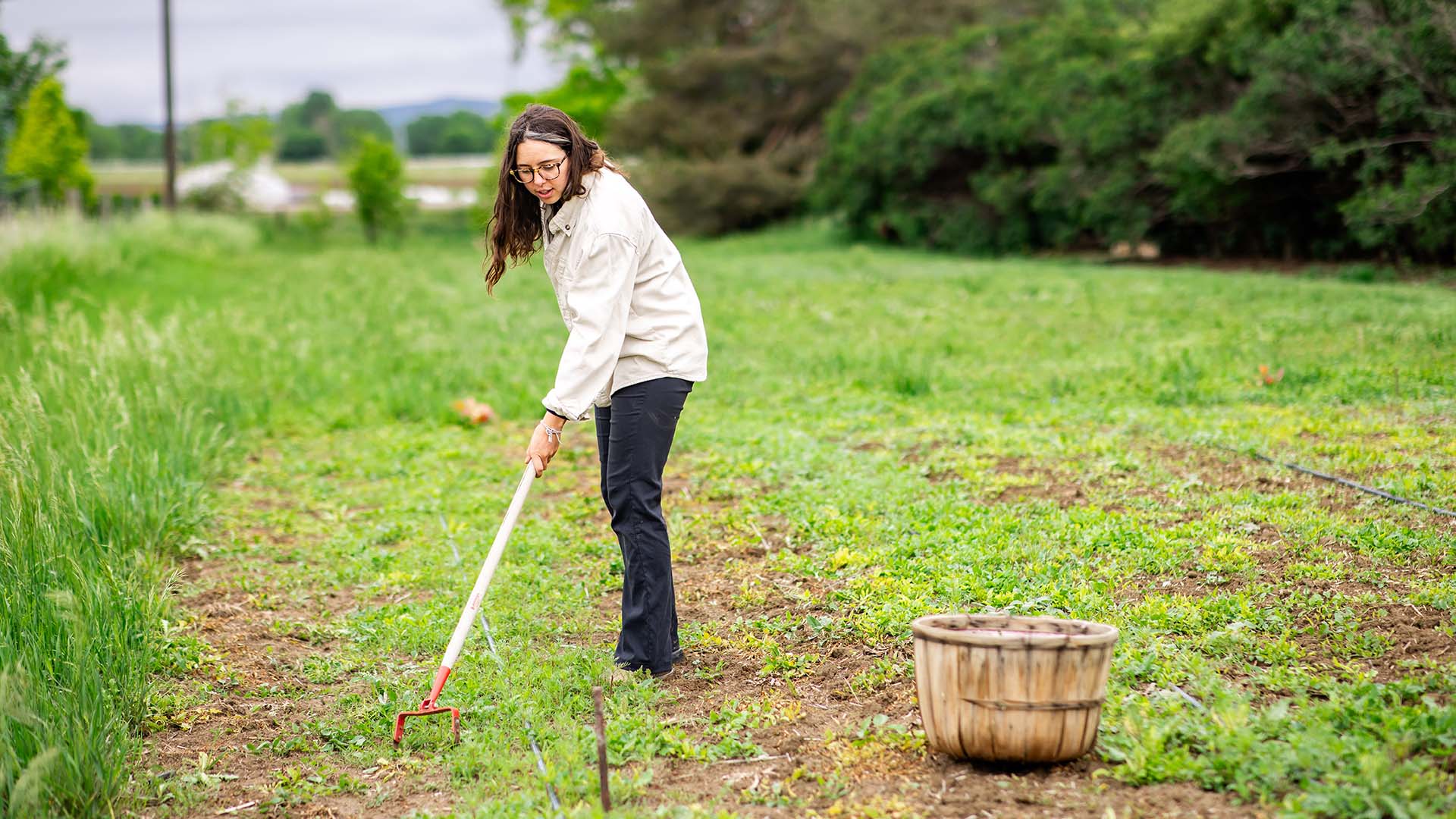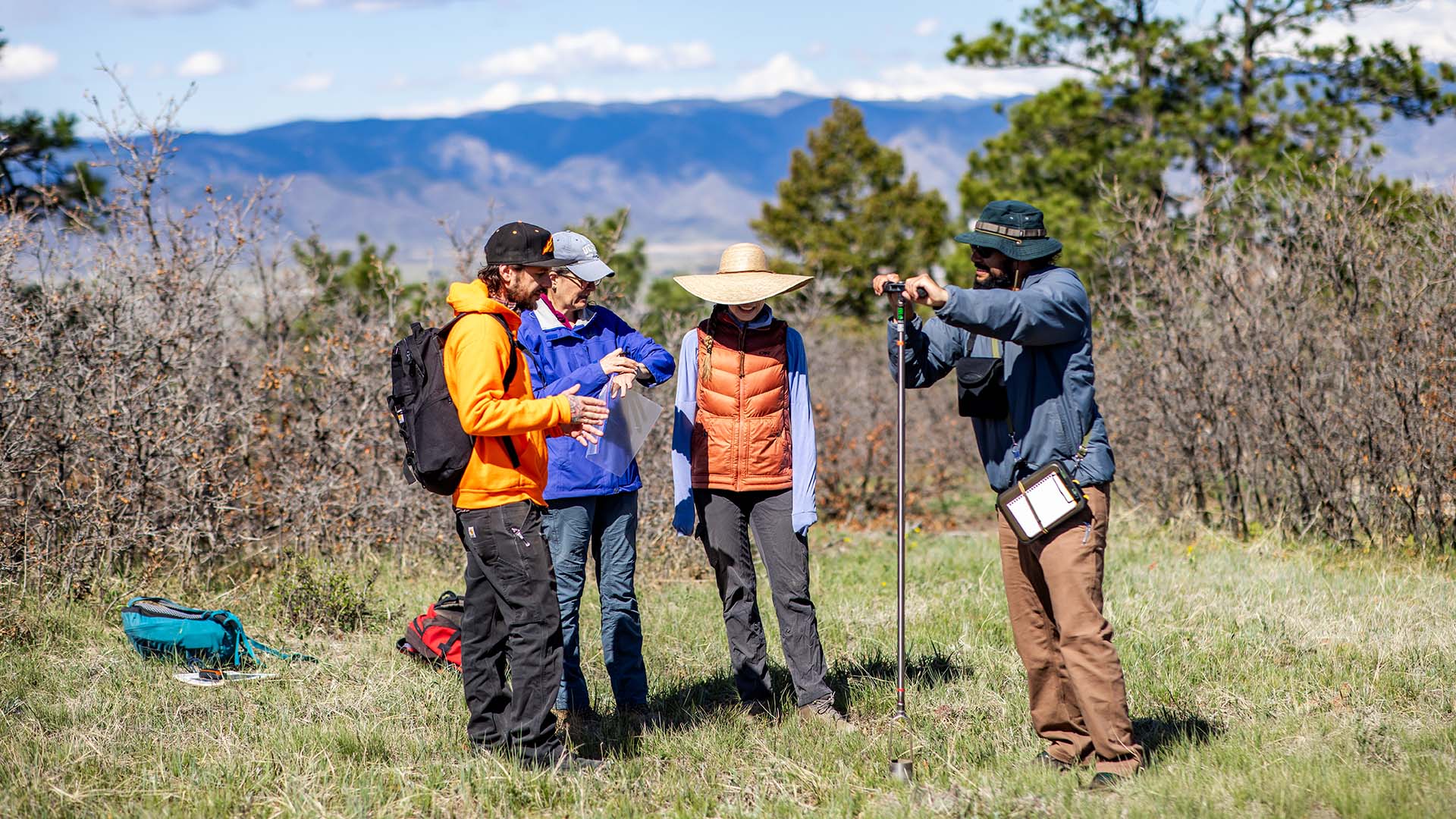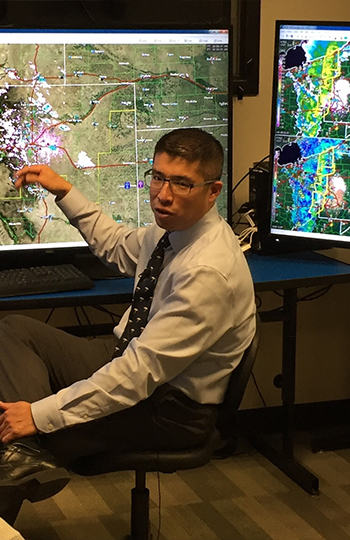‘We are living in a tinderbox’
Unrelenting heat and drought break records — contributing to wildfire and deaths — in Colorado and around the world.
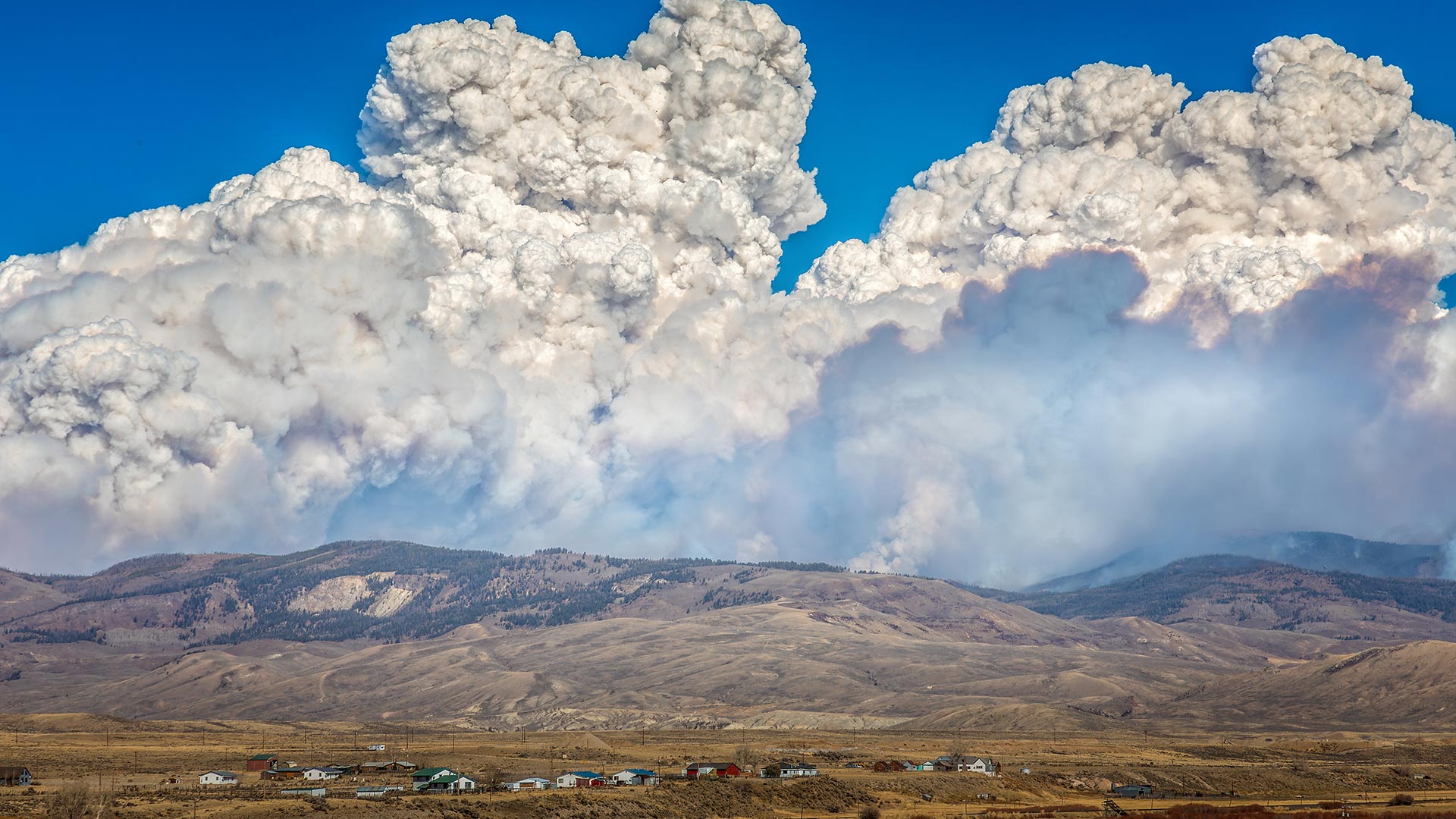
Last year’s record-breaking heat was a red flag for climate scientists. As millions of people across the world wilted (and too often died) under the unprecedented solar glare of the hottest year since tracking began, it felt like we were reaching a boiling point.
This year, we find ourselves in a similar situation. In July, the searing sun broke the previous record-high temperature on three straight days. Now, July 22 holds the grim new record for the hottest day on Earth, ever. Keah Schuenemann, Ph.D., professor in the Department of Earth and Atmospheric Sciences at Metropolitan State University of Denver, thinks we should be ready for the elements to grow even more extreme.
We’ve seen 13 straight months of unprecedented temperatures across the globe. Be honest: Did you expect things to get so extreme so quickly?
Climate scientists have come to expect large gains in global average surface temperature, particularly during El Niños. In this perpetually higher carbon-dioxide-concentration era, that’s just going to happen. But I’ll admit that this season went a bit above and beyond what even we expected, and it continued past the end of the El Niño in May. I’ll look forward to the final report on attributing the extra heat because there are some very interesting hypotheses out there.
RELATED: The hottest week ever … for now
Many scientists expect July’s record-high temperatures to be surpassed again this year. Is this just the new normal now?
I suspect the current record-breaking run will stop once we get a little more distance from this past El Niño, and we’ll also maybe have a record-breaking pause until the next El Niño. But make no mistake: We will still be living in a new era of additional warmth and experiencing all of the extreme weather events that go with that. Even now, climatologists are nervously anticipating what the next Atlantic hurricane season will bring, as the warmer waters contribute to a rapid intensification of hurricanes, heavier rains and higher storm surges.
Colorado has a semiarid climate and thus sits squarely in the crosshairs of this climate crisis. How pronounced a threat do we face?
The past week has acted as a scary example of the danger we all potentially face. Four devastating wildfires blazed through thousands of acres along the densely populated Front Range, burning buildings, threatening towns, forcing hundreds to evacuate and, the very worst outcome, costing someone’s life.
At one point last week, I sat 2 miles west of my house, looking north, and I could see the massive Alexander Mountain fire through the smoke of the Stone Canyon fire, while planes overhead dropped bright-red retardant on them. As I sat there, cooking in our 101-degree heat and intense, drying sun, it felt a bit like having a front-row seat to the apocalypse. And since then, several more wildfires have started and had to be tamed through the talented coordination of our local fire teams. It’s unrelenting.
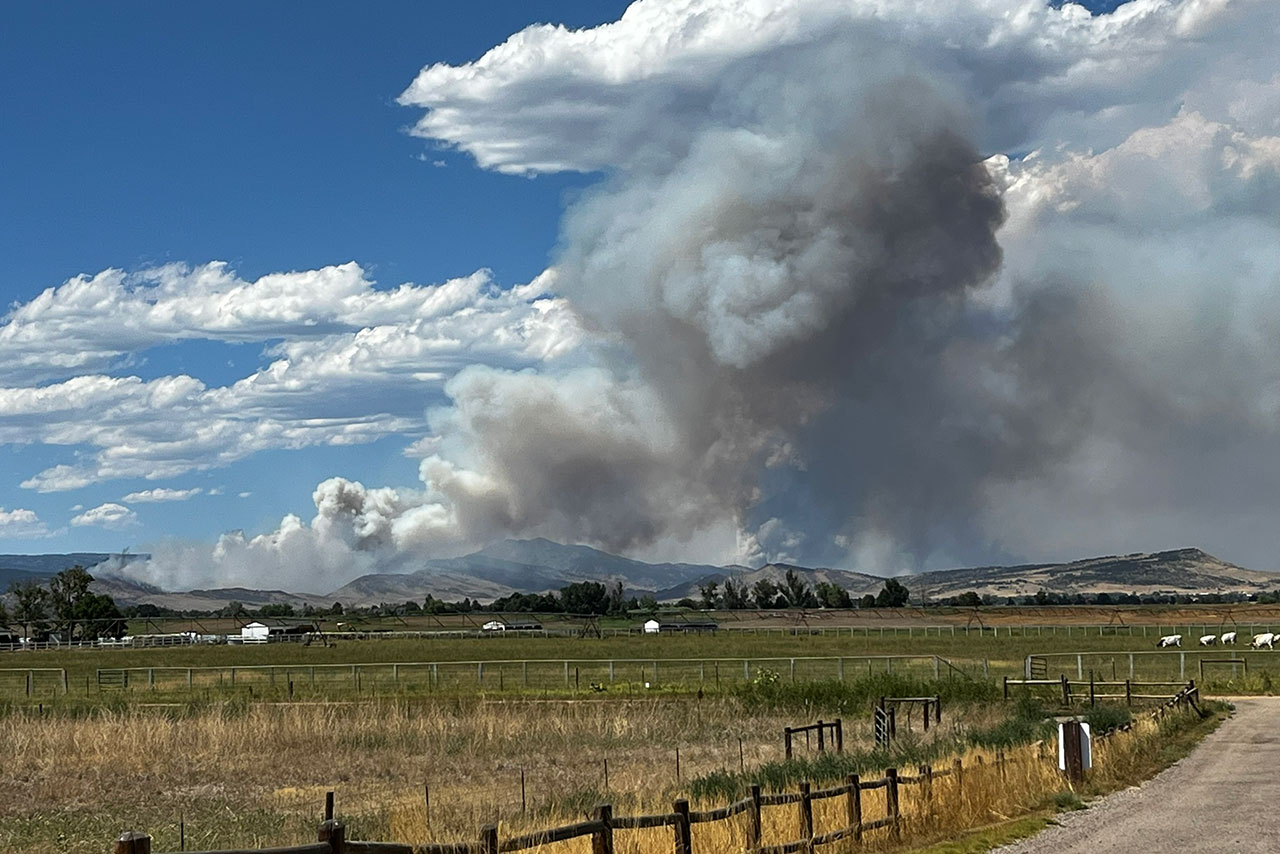
Why are these wildfires starting so quickly and spreading so rapidly?
Because we are living in a tinderbox. The city of Boulder just set a record for the driest-ever May-through-July period, with less than a single inch of precipitation during what should be the region’s wettest time. That kind of drought, combined with a heat wave and some dry winds, creates the perfect conditions for fast-spreading wildfires along the Front Range.
What do you worry about most at times like these?
Lots of things. I worry about firefighters hiking mountains to save lives and property during these wildfire events. I worry about the elderly, sitting in nonair-conditioned homes. And I also worry about our unhoused population. Most cities have public libraries that can double as cooling centers, but I wonder whether we should get more aggressive about publicizing these locations or even open up university buildings to the public during the worst heat waves.
The only saving grace of Colorado heat waves is that people experience a dry heat. The temperature actually feels lower than it is, thanks to some efficient evaporation off the skin as we sweat to cool ourselves down.
RELATED: Cities and suburbs face growing wildfire threat
Some Western U.S. states are already taking dramatic, and even legal, steps to protect their citizens amid horrifying numbers of heat-related deaths. Will we soon see similar action in more states?
Absolutely. Frankly, this was all spelled out a decade ago by President Obama’s Climate Action Plan, which placed special focus on the urgent need to prepare for climate-change impacts. Ten years on, it’s somewhat surprising just how slow many locales have been to protect their citizens from the inevitable effects of increased global warming.
Unfortunately, this worrying scenario is unfolding just as climate scientists warned it would, and the situation is only likely to grow even more extreme from here.
Despite numerous promises, countries across the world have so far collectively failed to take serious action. What will it take to force a consensus?
If the global political will isn’t there to solve this crisis — and it isn’t — then maybe the prospect of getting rich from leading the charge to alternative energy might help drive positive change. Alternative energy is increasingly becoming a growth market, and at this point I don’t really care about people’s motivations so long as we quickly move in the right direction. Maybe a future world in which the U.S. and China are competing to create the best solar panels wouldn’t be a bad thing.

